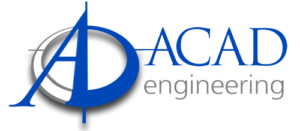Currently, ACAD offers every rapid prototyping 3D printing type to its Customers using different raw materials.
Today ACAD is one of the two Italian companies able to print monolithic parts of dimensions 1800 x 850 x 400 mm.
A-FDM Fused Deposition Modeling
The machine builds the prototype setting down various overlapped layers made of molten plastic material. The main peculiarity of this technology is to use a real thermoplastic material rather than a resin with similar characteristics. The same material is then utilized by manufacturing plants. This process allows getting prototypes with a resistance to thermal characteristics in a range of 80° to 220°C and with mechanical characteristics 95% equivalent to the relative manufactured part.
The available materials are:
ABS Acrylonitrile-Butadiene-Styrene
The thermoplastic material used in automotive industry (bumpers/covers/oil caps) is at affordable costs in order to let designers and engineers work in a repetitive way, make and fully test many prototypes. Furthermore, the material is also so solid and sturdy that new concept models and prototypes will behave like the final product.

-POLICARBONATO (PC )
Making polycarbonate (PC) parts lets engineers and designers combine speed and agility of 3D printer with reliability of the most common industrial thermoplastic present in the market. Thanks to the possibility to insource the production of solid PC parts as well as to the reliable FDM technology, now the manufacturers of equipment used in automotive, sales and other sectors, can explore new opportunities.
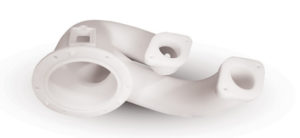
-PC+ABS
For prototyping, tool construction and manufacturing of little functional volumes of parts that require a greater crash test, the FDM technology works with PC-ABS thermoplastic material. This material merges the best characteristics of two FDM thermoplastics: the resilience and the thermal resistance of the polycarbonate and the flexibility of the ABS. Furthermore, the PC-ABS material shows a great element definition and an excellent finishing.
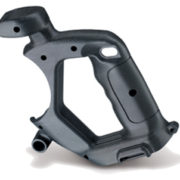
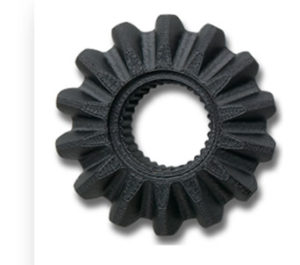
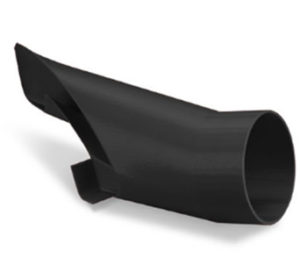
– PPSF/PPSU ( poly phenyl sulfone )
Performances have been tested in fire conditions. For printed 3D parts able to afford temperatures up to 220° and chemical exposure, the FDM technique – Fused Deposition Modelling – is used with high-performance PPSF/PPSU thermoplastic materials, for the insource production of engine prototypes or sterilisable medical devices.
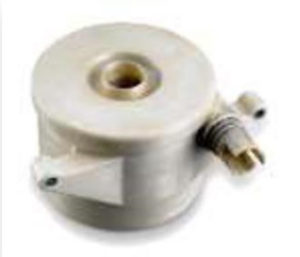
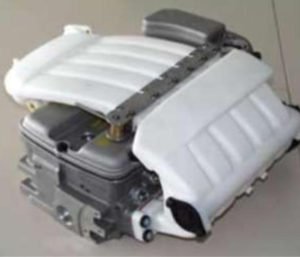
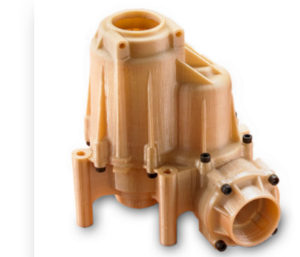
– ULTEM
The reputation is strictly related to reliability. This thermoplastic material, renowned for its exceptional performances, has thermal, mechanical and chemical properties that make it better than all other materials in the most of categories. ULTEM 9085 is a FDM (fused deposition modelling) thermoplastic perfect for aerospace, automotive and military applications thanks to the FST classification, to the high resilience/weight rate and to the existing certifications. It allows designers and engineers printing advanced functional prototypes and final parts in 3D
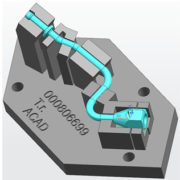
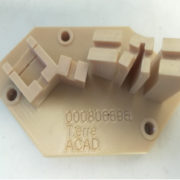
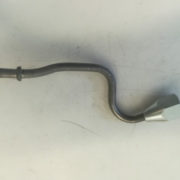
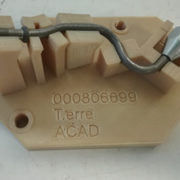
B-SLA – Stereolitography – Photopolymerization to solidify a liquid resin
Among all the rapid prototyping techniques, stereolitography has been one of the first ones as well as the most known; it uses a laser ray able to solidify, through polymerization, a liquid resin contained in the build chamber of the machine.
The first objects obtained using this technology were very fragile and their main use was the production of silicone moulds. Currently there are many resins able to simulate the characteristics of the various thermoplastic materials. The final objects are very well defined and can be made of transparent resins, resins similar to ABS and ceramic materials for high temperatures.
The con is represented by the scarce mechanical resistance of prototypes that tend to deform over time due to the action of ambient light.
C-SLS – Direct Laser sintering of dusts
The sintering machine is able to build prototypes using nylon dusts aggregation. Inside the machine is present a laser that sinters nylon dust which is laid down layer over layer.
The final prototypes are highly resistant and very well detailed. They can be made of the following materials:
PA Pure Nylon
PA/GF Glass filled nylon
PA/Al Aluminium filled nylon
PA/ CF Carbon filled nylon
OBJET
The printer Objet is the last one appeared in the market. Its functioning is very similar to the one of an inkjet printer. The machine overlaps layers of photosensitive resin polymerized by a UV lamp.
The parts obtained with this technology are very well defined and all the available resins allow getting transparent prototypes, similar to ABS and to PPSF/PPSU. It is possible to build rubber-like objects with different hardness as well as “co-printed” prototypes made of one part of rigid material and another one of rubber material.
An ACAD team of greatly experienced designers manages the different 3D rapid prototyping techniques realized with latest generation machines.
The final model (the first element of the series, the prototype) allows the manufacturing company that required it to verify its layout and every other characteristic useful to assess feasibility and quality of the final product, before organizing and planning the whole manufacturing. The visual analysis and the ergonomics study of every single part is for sure fundamental to avoid, as far as possible, substantial errors.
